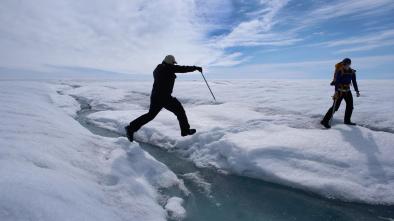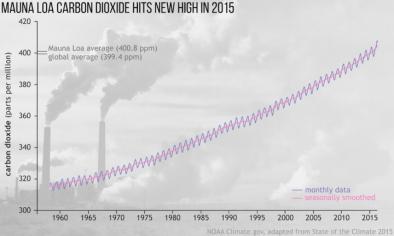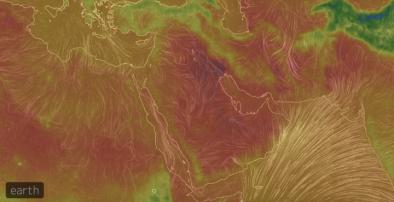Science Source
Uncertainties in the attribution of greenhouse gas warming and implications for climate prediction
- Finds most of the observed increase of near surface temperatures over the second half of the twentieth century is attributed to anthropogenic influences using optimal detection techniques with climate model simulations
- Selects a set of experiments to enable the diagnosing of greenhouse gases and the combined influence of other anthropogenic and natural factors and finds robust detections of well mixed greenhouse gases across a large ensemble of models
- Finds a well mixed greenhouse gas warming of 0.87 to 1.22K/century relative to the observed warming over the 20th century of 0.65K/century we find
- Finds the greenhouse gas warming is partially offset by cooling from other anthropogenic and natural influences of -0.54 to -0.22K/century
- Finds, however, that the partitioning of the anthropogenic influence to individual factors, such as greenhouse gases and aerosols, is much less robust
- States that the attributable trends across climate models are still wide—although they are better constrained than recent studies—with implications for observational constrained estimates of transient climate response
- States that some of the uncertainties could be reduced in the future by having more model data to better quantify the simulated estimates of the signals and natural variability, by designing model experiments more effectively and better quantification of the climate model radiative influences
Related Content
Headline

Aug 3, 2016 | The Guardian
Environmental records shattered as climate change 'plays out before us' – 2016 is highly likely to break the annual record again
Headline

Aug 3, 2016 | Climate Central
2015 Set Frenzy of Climate Records
Headline

Aug 1, 2016 | Climate Central
Searing Kuwait Temp Could Rank Among World’s Hottest
Headline

Jul 19, 2016 | Climate Central
Extreme Heat Defines Climate Change


